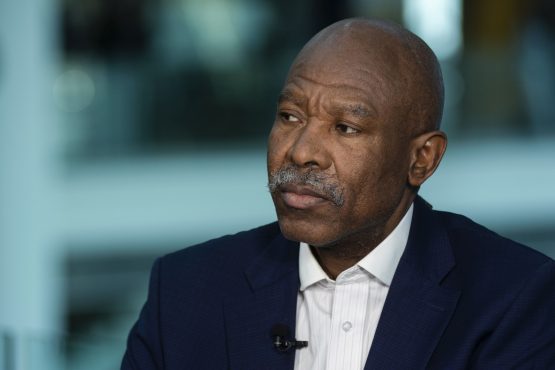Fed wise to hike despite strong dollar: Lesetja Kganyago

The Federal Reserve is doing the right thing by raising interest rates to tackle hot inflation, even as this strengthens the dollar and has spillover effects for other nations, the governor of the South African Reserve Bank has said.
The Fed’s mandate of low inflation, maximum employment and financial stability for the US is “a complex-enough job,” South African Reserve Bank Governor Lesetja Kganyago said. If the Fed “must then also figure out the well being of the citizens of the world, it’s an impossible task,” he said.
The dollar has surged as international investors seize on higher US interest rates or seek a haven from market turmoil. The gains have exacerbated difficulties for nations worldwide by stoking prices of imported food and fuel. That, in turn, has placed further pressure on many central banks, and triggered a wave of interest-rate increases aimed at curbing the surge in consumer prices.
South Africa’s monetary policy committee responded quicker and faster than most other central banks to the worst global inflation shock in a generation, having raised its benchmark rate by a cumulative 275 basis points since November. It sees the need to keep lifting borrowing costs to stabilise and lower the nation’s inflation rate.
While sharp rate increases by the Fed risk eroding the differential that makes local assets attractive to foreign investors and further weighing on the rand that’s weakened more than 12% against the dollar this year, its low level of debt in foreign currency makes it less vulnerable to exchange-rate shocks, Kganyago said.
About 11% of South Africa’s gross loan debt is denominated in foreign currencies, according to the nation’s budget review.
“The dollar can strengthen — our debt-service costs will go up a little bit on that debt,” Kganyago said. “The truth of the matter is, it is a small proportion of our debt portfolio. Yes, the bulk of our debt is dollars, but we also have euros and then these things balance each other.”
Debt will probably peak at 75.1% of gross domestic product in the 2025 fiscal year, the National Treasury said in February. It’s due to update forecasts, including for debt and the fiscal gap, in the medium-term budget policy statement scheduled for October 26.

